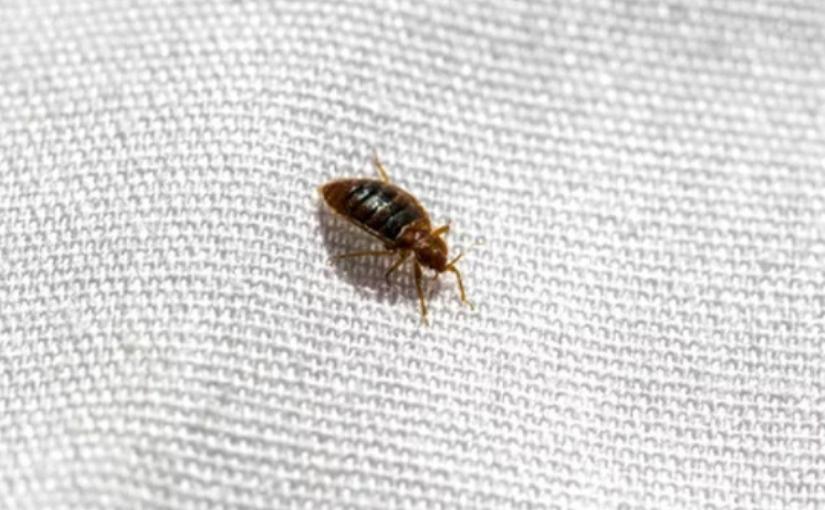
Because many insects have such short lifespans, homeowners may be tempted to assume that bed bugs do, too. Unfortunately, wishful thinking can be dangerous when it comes to these mattress-dwelling critters. The lifecycle of the bed bug can make it tricky to truly eradicate them from your space without professional help. Consider a few key facts that may help you get to know your enemy so you can kick these insects out of your home for good.
The Lifespan and Life Cycle of Bed Bugs
Bed bugs start out as small eggs that are not much larger than a grain of rice. After hatching, young bed bugs are now called nymphs. Before becoming adults, nymphs must moult five times. Fully grown bed bugs have bodies shaped like flattened ovals in a reddish-brown shade. Nymphs have a similar overall shape but are smaller and lighter in colour.
From the nymph stage on, bed bugs must consume blood to mature and reproduce. Unfortunately for homeowners, bed bugs can live quite a long time without eating. In adulthood and the later nymph stages, these insects may be able to survive for up to a year without blood.
On average, a bed bug’s life may be only about six months long. There are many factors that influence these critters’ lifespans, however, and they can live for over a year in some circumstances. The temperature may be the most important factor that impacts the length of a bed bug’s life. Cooler temperatures tend to extend life, while warmer temperatures shorten it. Extremely cold and extremely hot conditions may lead to inactivity or death.
Common Treatment Pitfalls
Knowing that bed bugs live off of the blood of humans, some homeowners may try to stop an infestation by simply placing a certain room in quarantine. This strategy will likely be ineffective because bed bugs can live without food for an impressively long time.
Additionally, it’s important to wait for a sufficient amount of time before declaring a treated room to be bug-free. If unhatched eggs are left behind, they could hatch as much as three weeks later.
Confirming an Infestation
Because bed bugs are so hardy and can reproduce rapidly, it’s critical that homeowners be able to spot and respond to an infestation as quickly as possible. The most definitive way to confirm suspicions of a nearby bed bug population is to observe these insects in action. Though they typically only leave their hiding places at night, you may be able to see these flat creatures tucked into little nooks and crannies throughout a room. Check in and around electrical sockets, behind picture frames, along the seams of your mattress, and underneath peeling wallpaper.
Bed bugs also tend to leave behind quite a mess in their wake. You may find little black dots on walls or fabrics that stem from bed bug waste. Reddish spots on your bed may be the result of a squished bed bug.
Eradicating Bed Bugs
When you think about it, bed bugs are built to successfully infiltrate new spaces. Their body shape, lifestyle, and toughness make them particularly difficult to eliminate. This is why it’s so important to call in professional bed bug removal help as soon as you notice the problem.
At Truly Nolen, we offer comprehensive treatment plans to handle bed bug infestations. We start by verifying that the trespassers are, indeed, bed bugs. We then use high-pressure mists to reach all the nooks and crannies where these critters may be hiding. We even clean up the mess that bed bugs leave behind so your home is safe and visibly free of infestation.
We are also equipped to handle numerous other pest problems, including infestations of rodents, wasps, spiders, and carpenter ants. When you need pest control in Cambridge, give our team a call.
